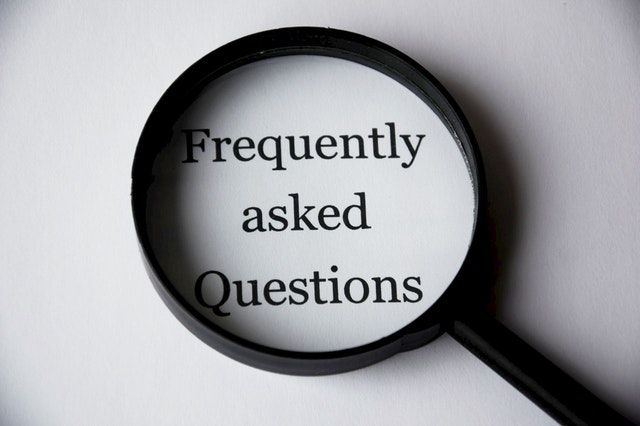Happy Employee Appreciation Day! It’s now the third month of the new year and if you have not yet recognized the impact and value of your employees, do something about it today.
This annual holiday—celebrated the first Friday in March—is meant to remind companies to thank employees for their hard work and effort throughout the year. It is also meant to strengthen the bond between employer and employee.
Perhaps we need Employee Appreciation Day now more than ever because a recent survey found that 40 percent of employees say they had not been recognized at all in the past year. Recognizing employees is probably the most important step in raising employee engagement because it makes them feel more proud and happy with their jobs.
This is according to a new survey conducted by Globoforce last November. The survey, composed of 828 randomly-selected fully employed persons in the United States (aged 18 or older), had a margin of error of +/- 3.9 percentage points at a 95 percent level of confidence.
They also found that two-thirds of workers who were recognized in the last month felt more than twice as engaged at work than those employees who had not been recognized.
This strong correlation between high engagement and recognition means employees who are well-recognized have more drive and determination, better working relationships, improved personal standing and stronger connections to their company.
As I wrote about previously, organizations should give thanks to their employees through a well designed, fully implemented and on-going social recognition program. It’s good for engagement, retention and the bottom-line.
And while cash or gift cards are easy and generally appreciated at least in the short term, they don’t deliver the more important long term results. You can show appreciation to employees in many ways, but be sure it is sincerely presented and meaningful to the individual.
Here are some suggestions:
Be Specific
Rather than simply “great job on that report,” you might say, for example, “I really appreciate that you included the metrics on XYZ in order to emphasize the impact our products will have on the client’s account.” The more you can tie your praise directly to the individual’s specific contribution, the more impact your appreciation will have.
Consider Giving Time
Perhaps our most precious commodity today is time. When possible, give your employee the gift of taking off the afternoon, a day, or several days to pursue a hobby, spend time with loved ones, or simply to rest and recharge.
Encourage Employees to Appreciate Each Other
Don’t relegate showing appreciation only to the boss. With apps like YouEarnedIt, Bonusly or TINYpulse, you can enable all employees to regularly provide kudos to each other in real time. This will create a more positive and healthy workplace where everyone participates in providing and receiving appreciation.
Express Gratitude
Sometimes it is not the tangible reward that makes us feel appreciated, but the simple verbal or written expression of thanks. And if you tell someone how much you appreciate them, you will likely find that you feel better having done so. That’s because showing gratitude acts like a hug: in the same way you can’t hug someone without receiving a hug in return, expressing gratitude works similarly.
Feelings associated with gratitude impact the dopamine in your brain, which functions as a reward neurotransmitter. Like a drug, experiencing gratitude results in a dopamine hit that makes you feel better.
This gratitude creates positive feelings, good memories, higher self-esteem, and a more relaxed and optimistic mindset. When taken together, these emotions can then create a “pay it forward” and “we’re all in this together” mentality throughout the workplace.
Gratitude makes people feel appreciated, it doesn’t cost anything, and it doesn’t require any special training to implement. All it takes is sincerity and a willingness to show appreciation to others.
Showing appreciation and gratitude for employees creates a better working environment, promotes more engagement and delivers better bottom-line results.






